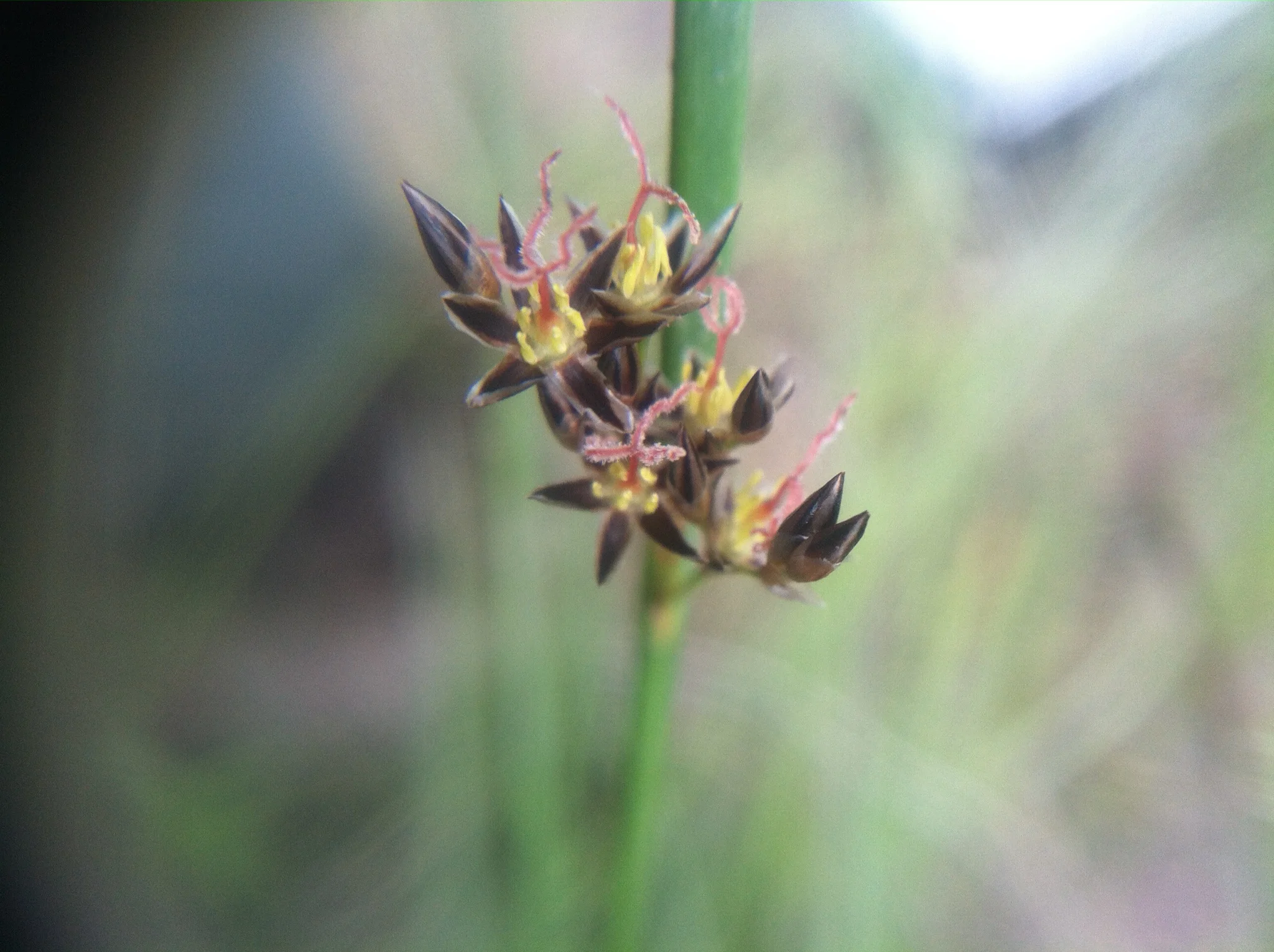Scott Roberts, MSI's aquatic biologist collects bugs for water quality monitoring. Photo: Esmé Cadiente of Terraprojectdiaries.com
Mountain Studies, in partnership with the Town of Telluride, has developed and implemented protocols for long-term ecological monitoring for the Telluride Valley Floor open space. The Valley Floor a 560-acre property was acquired by the Town of Telluride and is being managed for recreation, wildlife, vegetation (including invasive species), and cultural resources. The Valley Floor is an important ecological resource, recreational amenity, and scenic gateway to the Town of Telluride, containing diverse vegetation communities, wildlife habitat, and cultural and historical resources along a three-mile reach of the San Miguel River.
In the future the Valley Floor will see active restoration of the San Miguel River to its original course. The open space is an ecologically diverse property ranging from spruce and aspen woodlands, to open dry meadows, to cottonwood forests, to dense riparian (stream side) thickets of willows and herbaceous wetlands. This diversity in vegetation provides critical habitat for numerous animal species; including a resident herd of elk and a handful of resident beaver. Along with its ecological diversity, the Valley Floor has experienced a wide diversity of human impacts, including deposition of mine tailings, the channelization of the San Miguel, railroad construction, and livestock grazing.
The Town of Telluride is being proactive in its management approach by asking and seeking answers to the flowing question:
What is the current ecological baseline condition of the property; and how might that baseline change over time?
Addressing this question provides the opportunity for MSI to put into practice “science people can use” by informing the community and decision makers of current conditions and capturing change, both favorable and unfavorable, as the property recovers from prior human impacts. Both baseline and long term ecological data can better inform management decisions regarding the restoration and utilization of this ecological and community resource.
To assess the baseline ecological conditions of the Valley Floor over the past two years, MSI has monitored the following:
MSI's Telluride Valley Floor Monitoring responsibilites
Juncus Arcticus in full bloom in the TVF. Photo: Anayeli Picasso
Overall Condition – established permanent repeat photography points
Vegetation Composition and Health – established 40+ vegetation monitoring plots; assessed forest composition and health; assessed forb, grass, and shrub community composition and health; assessed of willow health.
Invasive Species – developed protocols for tracking and monitoring; provided instruction to town staff on the use of technology to help in the documentation of invasive populations.
Terrestrial Wildlife – developed and conducted surveys both of population and impacts of elk and prairie dog.
Aquatic Wildlife – conducted surveys of beaver populations; collected benthic macro-invertebrates to assess water quality; developed aquatic Habitat Suitability Indices.
Recreation – (in progress) placing TRAFx trail counters key points to document the recreational use of the property.
Climate – established a research grade climate station on the Valley Floor; visit MesoWest for live conditions.
Installing a Climate Station in the TVF, Winter 2014. Photo: Aaron Kimple
The natural and physical characteristics of the property are a dynamic system, always changing in response to human interaction and natural forces. Monitoring provides an opportunity to fill data gaps, track long-term trends, evaluate management actions, and identify management problems before resource damage occurs. Ongoing monitoring is a key component of the Town’s adaptive approach to management of the property.
Publications
[Click on a publication to view the file]







